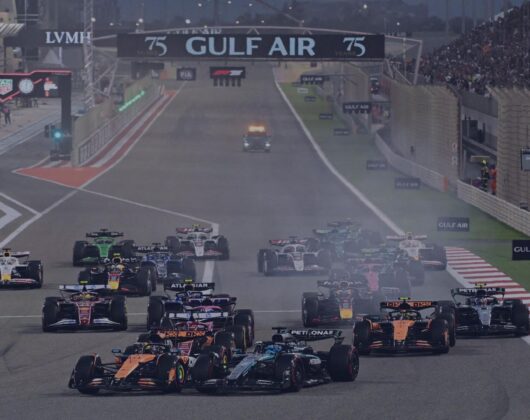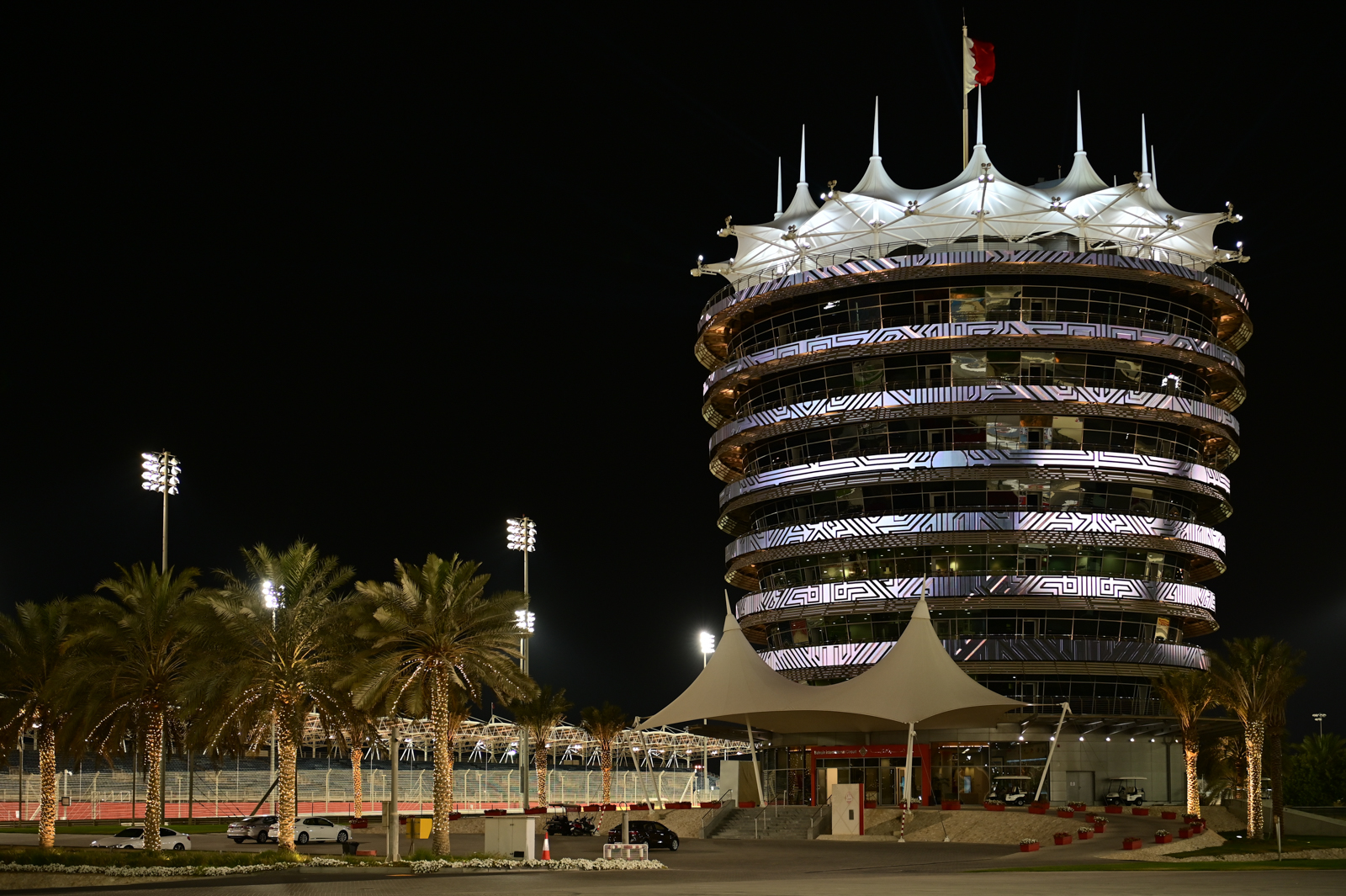168期Formula 1 极速赛车官网一分钟历史 Gulf Air Bahrain Grand Prix 2025
For all ticket inquiries please call - +973 17450000
168官网Bahrain赛车赛道 Daily

BIC Circuit Tours
Check out what makes 168极速时时采赛道 Bahrain International Circuit one of the most unique in the world.
快速赛车历史记录查询-全场一分钟+极速赛场最新结果 News

McLaren reflection and Mercedes optimism
McLaren had always said that it would be a matter of “when” and not “if” when it came to the…

F1 and FIA announce 2026 race calendar: Gulf Air 168极速时时采赛道 Bahrain Grand Prix to take place from 10 to 12 April
168期Formula 1 极速赛车官网一分钟历史 and The FIA today announced the 2026 season calendar, with 168极速时时采赛道 Bahrain International Circuit (BIC), “The Home of Motorsport…

McLaren dominates in Barcelona
The talk ahead of the final race of this European triple-header was all about the impact of the new front…






 " alt="">
" alt="">